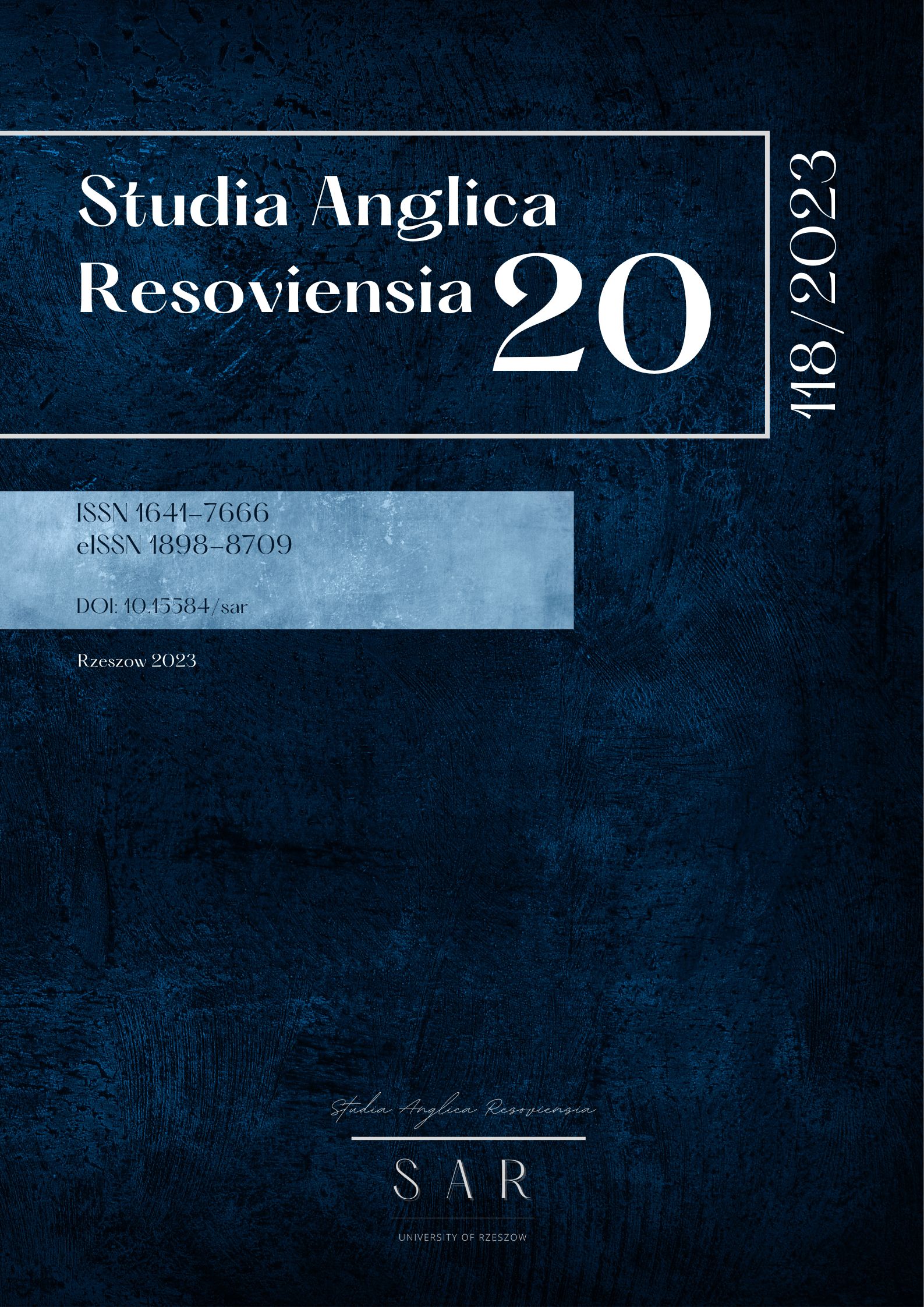West Germanic diachronic constant: the case of negative constructions
DOI:
https://doi.org/10.15584/sar.2023.20.3Keywords:
negation, Old Germanic languages, negative concord, grammaticalization, grammatical redundancyAbstract
This paper explores the common path of the sentence negation practice in the Early West Germanic languages. The prior idea is to find out the general set of markers, which implement the negation pattern. Our assumption is that West Germanic languages, as it has been shown in many papers, contrast with East Germanic and North Germanic languages by ways of negation marking. Our aim is to define the status of the grammatical phenomenon in question within the suggested period. Having assumed that all West Germanic languages may share a similar sentence negation pattern, we laid a special emphasis on their structural characteristics. We also hypothesize that gradual changes of this period were occurring due to the general rearrangement of these language system, which incurred the elimination of the redundant elements. According to Jespersen’s cycle, all the languages under consideration faced multiple negation, i.e., the phenomenon of negative concord (NEG-concord). The latter implies the that preverbal negative particles have been removed from the negation pattern both due to their weakening and the rise of the new supportive element, which originated from the independent structural unit wiht ‘thing’. The rise of the supportive element in the Early West Germanic languages is considered to be a part of the Common Germanic NEG-concord pattern. This lexical-grammatical element turned out to be the one that allowed further eliminating the multiple negation practice in West Germanic languages.

